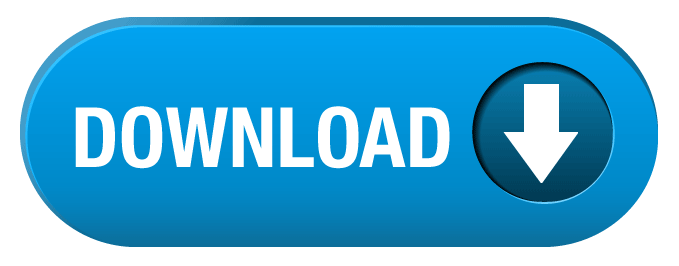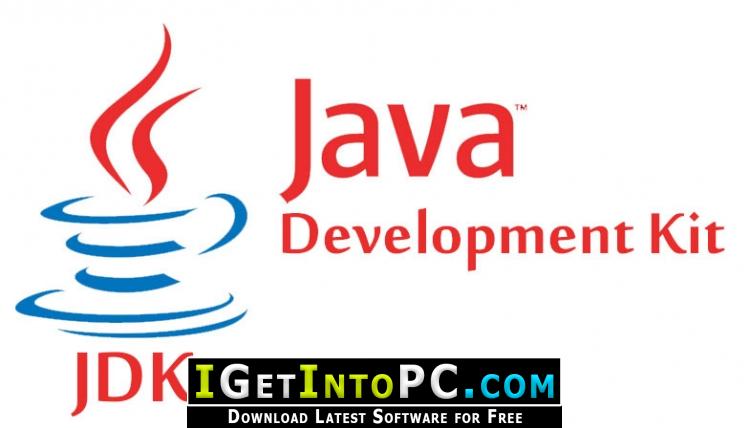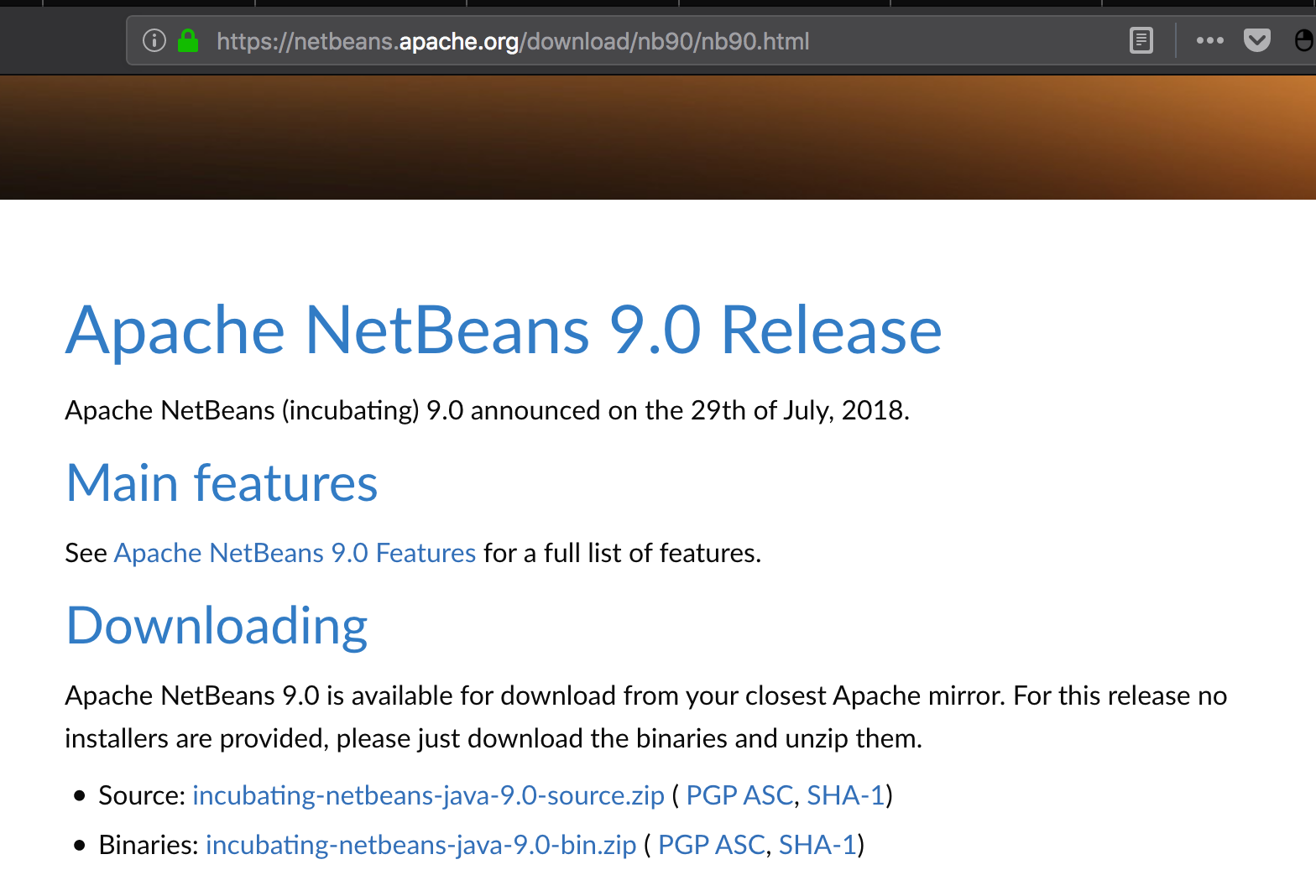
The JDK build doesn’t exist in the Homebrew repository, like the early-access builds, or Oracle JDK. P.S At the time of writing, the JDK early-access build is JDK 16. 4.1 Access the JDK 16 early access build website and download the JDK. Download the JDK.dmg file, jdk-11. Before the file can be downloaded, you must accept the license agreement. From either the browser Downloads window or from the file browser, double-click the.dmg file to start it. Jdk-11.0.9.1 Sources. OpenJDK 11 Source Code Release date November 18, 2020. Download (106.16 MB) jdk-15.0.1-x64 ZIP. OpenJDK 15 Windows 64-bit. At some point after the release of Java 9, symlinks and wrappers for jshell were added to macOS, but it appears that no such thing was done for jlink. To keep things working consistently going forward, I’d recommend writing an equivalent wrapper, putting it in the right location, and added a symlink to it in /usr/bin.
This topic includes the following sections:
System Requirements for Installing the JDK on macOS
The following are the system requirements for installing the JDK on macOS:
Any Intel-based computer running macOS.
Administrator privileges.
You cannot install Java for a single user. Installing the JDK on macOS is performed on a systemwide basis for all users. Administrator privileges are required to install the JDK on macOS.
Determining the Default JDK Version on macOS
When starting a Java application through the command line, the system uses the default JDK.

You can determine which version of the JDK is the default by entering java -version in a Terminal window. If the installed version is 11 Interim 0, Update 0, and Patch 0, then you see a string that includes the text 11. For example:
To run a different version of Java, either specify the full path, or use the java_home tool. For example:
$ /usr/libexec/java_home -v 11 --exec javac -version
Installing the JDK on macOS
- Download the JDK
.dmgfile,jdk-11.interim.update.patch-macosx-x64.dmg.Before the file can be downloaded, you must accept the license agreement.
- From either the browser Downloads window or from the file browser, double-click the
.dmgfile to start it.A Finder window appears that contains an icon of an open box and the name of the.pkgfile. - Double-click the
JDK 11.pkgicon to start the installation application.The installation application displays the Introduction window. - Click Continue.
- Click Install. A window appears that displays the message: Installer is trying to install new software. Enter your password to allow this.
- Enter the Administrator user name and password and click Install Software.The software is installed and a confirmation window is displayed.
.dmg file if you want to save disk space. Uninstalling the JDK on macOS
You must have Administrator privileges.Note:
Do not attempt to uninstall Java by removing the Java tools from /usr/bin. This directory is part of the system software and any changes will be reset by Apple the next time that you perform an update of the OS.
- Go to
/Library/Java/JavaVirtualMachines. - Remove the directory whose name matches the following format by executing the
rmcommand as a root user or by using thesudotool:/Library/Java/JavaVirtualMachines/jdk-interim.update.patch.jdkFor example, to uninstall 11 Interim 0 Update 0 Patch 0:
$ rm -rf jdk-11.jdk
Installation FAQ on macOS Platform
This topic provides answers for the following frequently asked questions about installing JDK on macOS computers.
1. How do I find out which version of Java is the system default?
When you run a Java application from the command line, it uses the default JDK. If you do not develop Java applications, then you do not need to worry about this. See Determining the Default JDK Version on macOS.
2. How do I uninstall Java?
See Uninstalling the JDK on macOS.
3. After installing Java for macOS 2012-006, can I continue to use Apple's Java 6 alongside the macOS JDK for Java 11?
If you want to continue to develop with Java 6 using command-line, then you can modify the startup script for your favorite command environment. For bash, use this:
$ export JAVA_HOME=`/usr/libexec/java_home -v 11`
Some applications use /usr/bin/java to call Java. After installing Java for macOS 2012-006, /usr/bin/java will find the newest JDK installed, and will use that for all of the Java-related command-line tools in /usr/bin. You may need to modify those applications to find Java 6, or contact the developer for a newer version of the application.
4. Can I restore Apple Java after uninstalling Oracle Java?
Go back to Apple Java using the following instructions:

Uninstall Oracle Java by deleting the plug-in file. From a command-line, enter:
$ sudo rm -rf '/Library/Internet Plug-Ins/JavaAppletPlugin.plugin'Create a symlink using the following command, entered on a single line:
$ sudo ln -s /System/Library/Java/Support/CoreDeploy.bundle/Contents/JavaAppletPlugin.plugin '/Library/Internet Plug-Ins/JavaAppletPlugin.plugin'

5. What happened to the Java Preferences app in Application Utilities?
The Java Preferences app was part of the Apple Java installation and is not used by Oracle Java. Therefore, macOS releases from Apple that do not include Apple Java will not include Java Preferences.
Java offers the rich user interface, performance, versatility, portability, and security that today's applications require. This download is for the JRE version of Java.
Which Java package do I need?
- Software Developers: JDK (Java Development Kit). For Java Developers. Includes a complete JRE plus tools for developing, debugging, and monitoring Java applications.
- Administrators running applications on a server: Server JRE (Server Java Runtime Environment) For deploying Java applications on servers. Includes tools for JVM monitoring and tools commonly required for server applications, but does not include browser integration (the Java plug-in), auto-update, nor an installer. Learn more arrow
- End user running Java on a desktop: JRE (Java Runtime Environment). Covers most end-users needs. Contains everything required to run Java applications on your system.
Previous versions:

Java Runtime Environment 8.144
Java Runtime Environment 8.141
- Linux JRE 32-bit
Download links for previous version 8.131:
Mac Os Jdk 9
Download links for previous version 8.121 2017-04-18:
Download links for previous version 8.112 2016-10-18:
Download links for previous version 8.102 2016-07-20:
Jdk 9 For Mac Download
Download links for previous version 8.92 2016-04-20:
Download links for previous version 8.77:
Download links for previous version 8.74:
Download Jdk 9 For Mac
Download links for previous version 8.73:
Download links for previous version 8.72:

Download links for previous version 8.66:
Download links for previous version 8.60:
Download links for previous version 8.51:
Popular apps in For Developers
